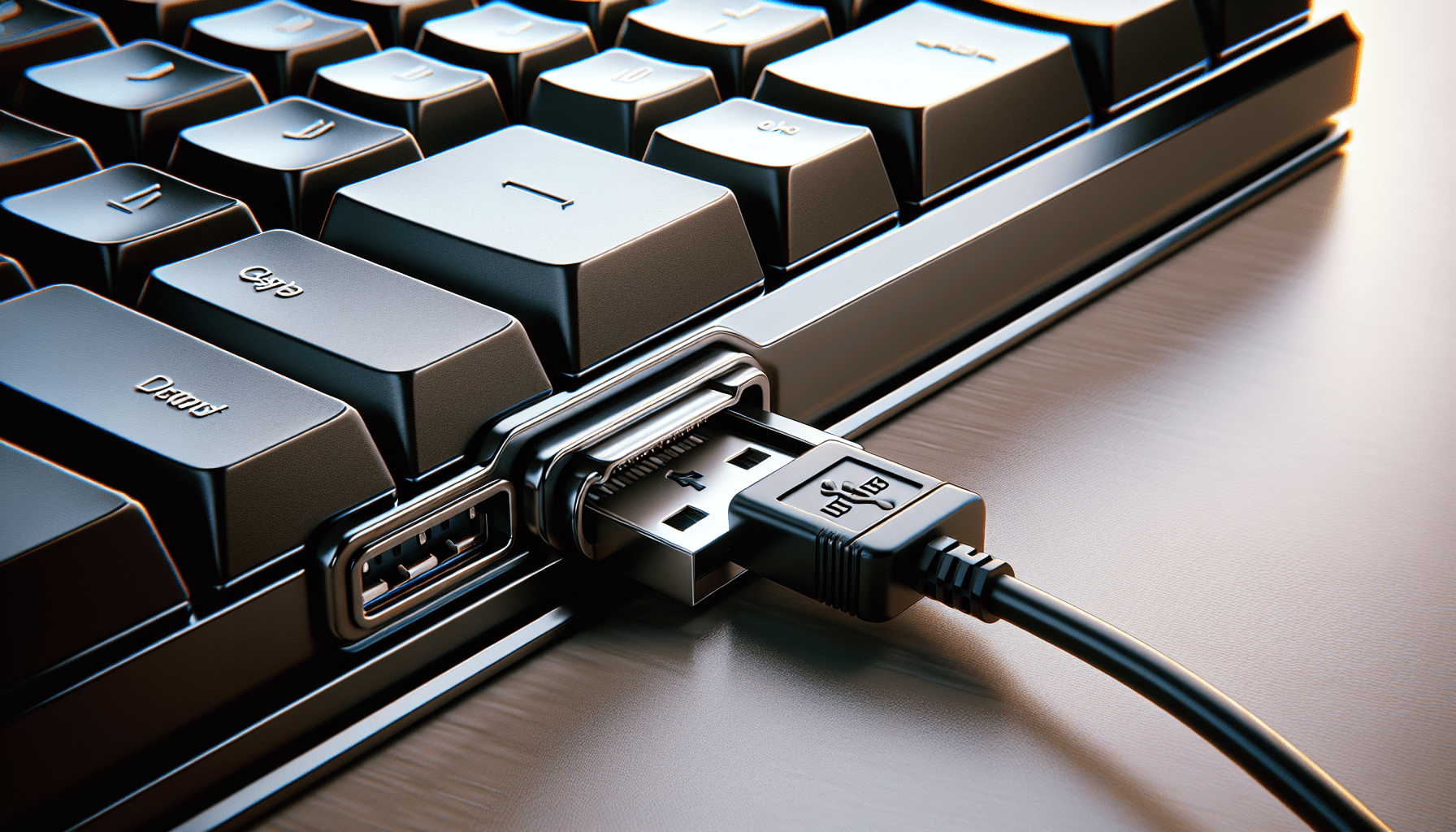How And When To File ISF For Accessories
Navigating the process of filing an Importer Security Filing (ISF) for accessories can be overwhelming, but with the right information and timing, it can actually be quite straightforward. By understanding the requirements and deadlines for filing ISF for accessories, you can ensure a smooth and efficient importation process. This article will outline the key steps and timelines for filing ISF for accessories, empowering you to confidently meet the necessary guidelines and avoid any potential delays or penalties.
How And When To File ISF For Accessories
Have you ever wondered about the process of filing an Importer Security Filing (ISF) for accessories? Knowing how and when to file ISF for accessories is crucial to ensuring a smooth customs clearance process. In this article, we will guide you through the steps of filing ISF for accessories, helping you avoid any delays or penalties.

What is Importer Security Filing (ISF)?
Before diving into the specifics of filing ISF for accessories, let’s first understand what Importer Security Filing (ISF) is. ISF is a requirement mandated by U.S. Customs and Border Protection (CBP) that requires importers to provide key information about their shipments before they arrive in the United States. This information helps CBP assess and mitigate any potential security risks associated with imported goods.
When it comes to filing ISF for accessories, the same rules apply. Whether you are importing handbags, belts, jewelry, or any other type of accessory, you must comply with ISF requirements to avoid any issues with customs clearance.
Why is ISF Important for Accessories?
ISF plays a crucial role in enhancing supply chain security and facilitating the movement of goods across international borders. When it comes to accessories, filing ISF helps CBP identify any potential risks associated with the imported items and take necessary security measures.
By providing accurate and timely information through ISF, importers can ensure a more efficient customs clearance process for their accessories. Failure to comply with ISF requirements can result in costly delays, penalties, and even seizure of goods by CBP.
How to File ISF for Accessories
Now that you understand the importance of ISF for accessories, let’s walk through the process of filing ISF for your accessory shipments.
Step 1: Obtain ISF Filing Software or Hire a Customs Broker
The first step in filing ISF for accessories is to obtain ISF filing software or hire a licensed customs broker to assist you with the filing process. ISF filing software allows importers to submit the required information directly to CBP through the Automated Broker Interface (ABI).
If you prefer to work with a customs broker, make sure to choose a reputable and experienced broker who understands the requirements for filing ISF for accessories. A customs broker can help ensure that your ISF is filed accurately and in compliance with CBP regulations.
Step 2: Gather Required Information
Once you have the necessary software or broker in place, the next step is to gather all the required information for filing ISF for your accessories. Some of the key information you will need to provide includes:
- Importer of Record (IOR) number
- Manufacturer or supplier information
- Country of origin
- HTS classification codes
- Bill of lading number and vessel name
- Container stuffing location
- Consolidator name and address
- Importer security bond information
Make sure to double-check all the information to ensure its accuracy and completeness before submitting your ISF.
Step 3: Submit ISF Filing
After gathering all the required information, you can proceed to submit your ISF filing for accessories. Whether you are using ISF filing software or working with a customs broker, make sure to review the information one last time before submission.
Once your ISF is submitted, you will receive a confirmation of filing from CBP. This confirmation will serve as proof that your ISF has been successfully filed and transmitted to CBP.

When to File ISF for Accessories
In addition to knowing how to file ISF for accessories, it is also important to understand when you should file ISF to avoid any delays or penalties.
Timing of ISF Filing
ISF must be filed at least 24 hours before the cargo is loaded onto the vessel destined for the United States. This timeline is crucial to ensure that CBP has enough time to review and process the information provided in the ISF.
For accessories, it is recommended to file ISF as soon as you have all the necessary information available. This proactive approach can help prevent any last-minute delays or issues with customs clearance.
Late ISF Filing
If you fail to file ISF within the required timeframe, CBP may impose penalties and other consequences on your shipment. Late ISF filing can result in monetary fines, cargo holds, or even refusal of entry into the United States.
To avoid these consequences, make sure to file ISF for your accessories in a timely manner and comply with all CBP requirements.
Common Mistakes to Avoid When Filing ISF for Accessories
When it comes to filing ISF for accessories, there are several common mistakes that importers should avoid to ensure a smooth customs clearance process.
Inaccurate Information
One of the most common mistakes when filing ISF for accessories is providing inaccurate or incomplete information. Make sure to double-check all the information you provide in your ISF to avoid any discrepancies that could lead to delays or penalties.
Late Filing
Another common mistake is filing ISF for accessories late. As mentioned earlier, late filing can result in costly consequences for your shipment. To prevent this, make sure to file ISF within the required timeframe to comply with CBP regulations.
Incorrect HTS Classification Codes
HTS classification codes play a crucial role in determining the duties and taxes applicable to your accessories. Using incorrect HTS codes can lead to issues with customs clearance and delays in releasing your goods. Make sure to review and verify the HTS classification codes for your accessories before filing ISF.
Conclusion
Filing ISF for accessories is an essential step in ensuring a smooth customs clearance process for your imported goods. By understanding how and when to file ISF, you can avoid delays, penalties, and other issues with CBP.
Remember to gather all the required information, submit your ISF in a timely manner, and comply with CBP regulations to facilitate the entry of your accessories into the United States. If you ever have any questions or need assistance with filing ISF for your accessories, don’t hesitate to reach out to a licensed customs broker or contact CBP for guidance.
Stay informed, stay compliant, and enjoy a seamless customs clearance process for your accessory shipments!
